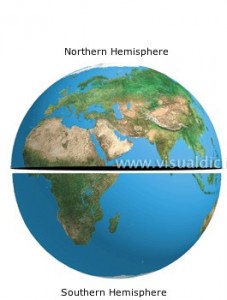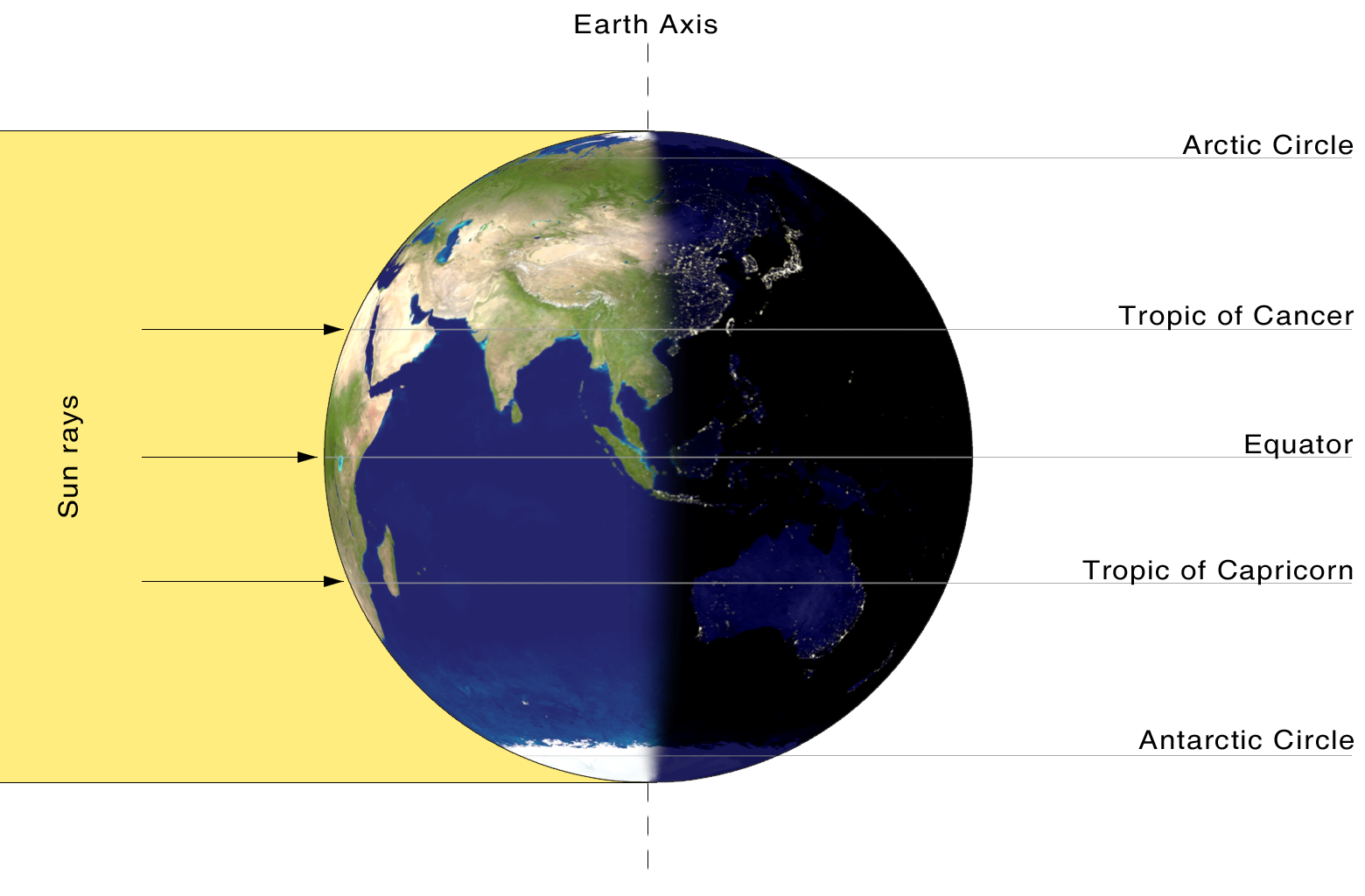Minerals Properties:
Let me start with introducing what is the mineral. Since the definition of minerals are included to class lessons. Minerals are natural solid elements from the lithosphere. How do people identify the difference while most of them similar to each other. Yes, it is possible to do. Just need to know some properties of mineral such as steak, luster, fracture/cleavage, hardness, and composition.
Streak – is the color of the mineral.
Luster – is the feature of mineral that tells us metallic or nonmetallic.
Fracture/Cleavage – is the shape of the mineral, when try to break down into pieces. Fracture is when mineral is broken unevenly. Cleavage is when mineral is broken evenly.
Hardness – is to determine how mineral is hard. Glass plate will help to spot the hardness of mineral by rubbing to each other. If mineral is scratches the glass plate, so it's harder than 5.5. The hardness of glass plate is equal to 5.5. If it doesn't scratch, so the hardness is less then 5.5. This is simple way to determine the hardness.
Composition– is chemical elements, which mineral is made up. For instance Si - silicon, O2 - oxygen - SiO2 is quartz. Si is composition of silicon.
Those all characteristics will help to identify names of the mineral. The video below gives more clarity about mineral properties. Movie is made by high school students. Watch it and enjoy of the experiment.
Reflection:
Let me start with introducing what is the mineral. Since the definition of minerals are included to class lessons. Minerals are natural solid elements from the lithosphere. How do people identify the difference while most of them similar to each other. Yes, it is possible to do. Just need to know some properties of mineral such as steak, luster, fracture/cleavage, hardness, and composition.
Streak – is the color of the mineral.
Luster – is the feature of mineral that tells us metallic or nonmetallic.
Fracture/Cleavage – is the shape of the mineral, when try to break down into pieces. Fracture is when mineral is broken unevenly. Cleavage is when mineral is broken evenly.
Hardness – is to determine how mineral is hard. Glass plate will help to spot the hardness of mineral by rubbing to each other. If mineral is scratches the glass plate, so it's harder than 5.5. The hardness of glass plate is equal to 5.5. If it doesn't scratch, so the hardness is less then 5.5. This is simple way to determine the hardness.
Composition– is chemical elements, which mineral is made up. For instance Si - silicon, O2 - oxygen - SiO2 is quartz. Si is composition of silicon.
Those all characteristics will help to identify names of the mineral. The video below gives more clarity about mineral properties. Movie is made by high school students. Watch it and enjoy of the experiment.
Reflection:
- What did you enjoy most about this project and why?
I most enjoyed about this project was testing minerals. This project was awesome. During this project I learned new terminologies that contributed to make video later. Also the chart gave out that include some chemical made to get involve profound into this project. I liked chemistry and relevant things to it. - What was most challenging for you during this project and why?
Most challenging was for me during this project to find right program to work on my video. Such as I had computer with windows operation system where couldn't work on iMovie. I made some research of software that will help to make movie. But when I got done, the format didn't supported. Then I was looking for converter. Most programs weren't free. Therefore, I considered this part of the project is most challenging. - What new skills did you learn from doing this project?
I learned a lot of new skills from doing this project. How to overcome the challenge I faced with format of my video. I gained new skills in new software. However, by teacher support it was easier to solve. The website she gave me help me to get embed of my video. I learned how to test characters of minerals and what feature row materials have. In addition, I learned the difference of features in camera. The flower made picture more clear. - Is there anything that you could have done to improve any of your work?
I think I did well and for it seemed there is not anything to improve. But next time I will attention more on time management. Because of this lack lead me to look for other programs. The class time was enough to finish project on time.














